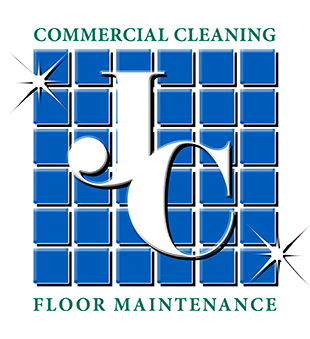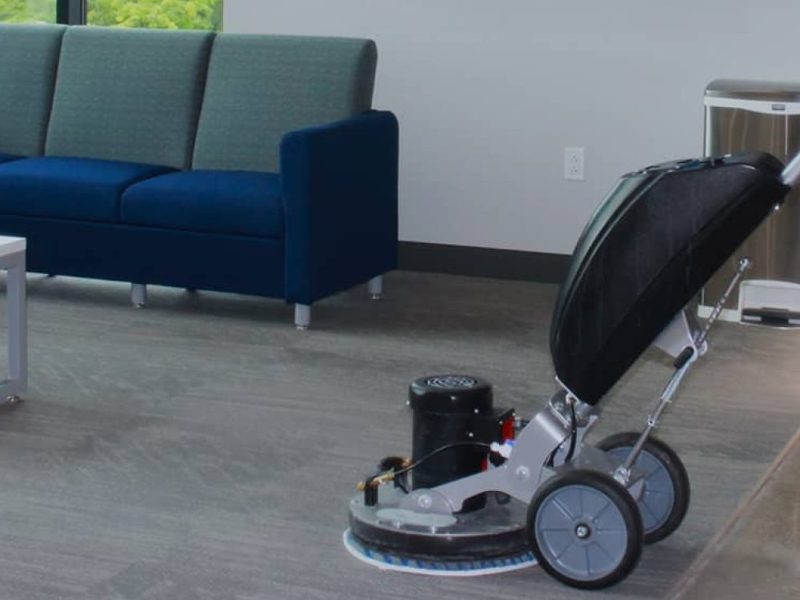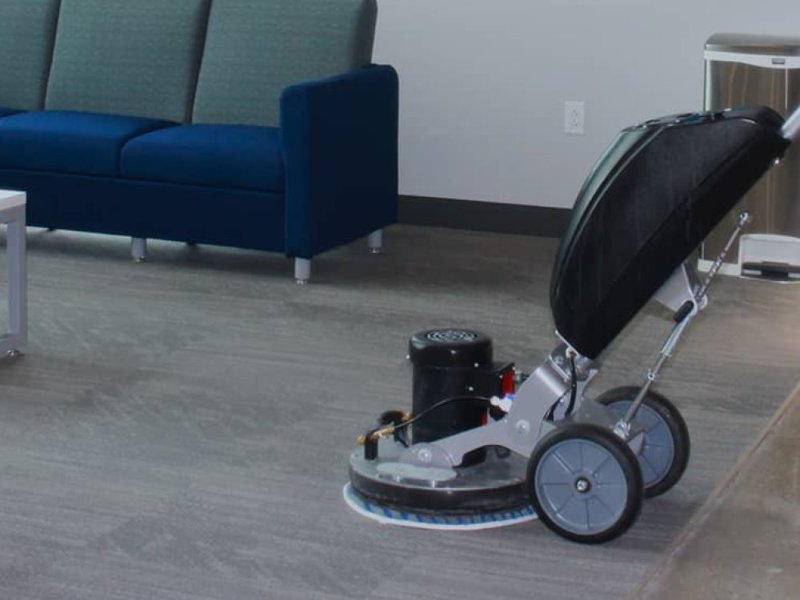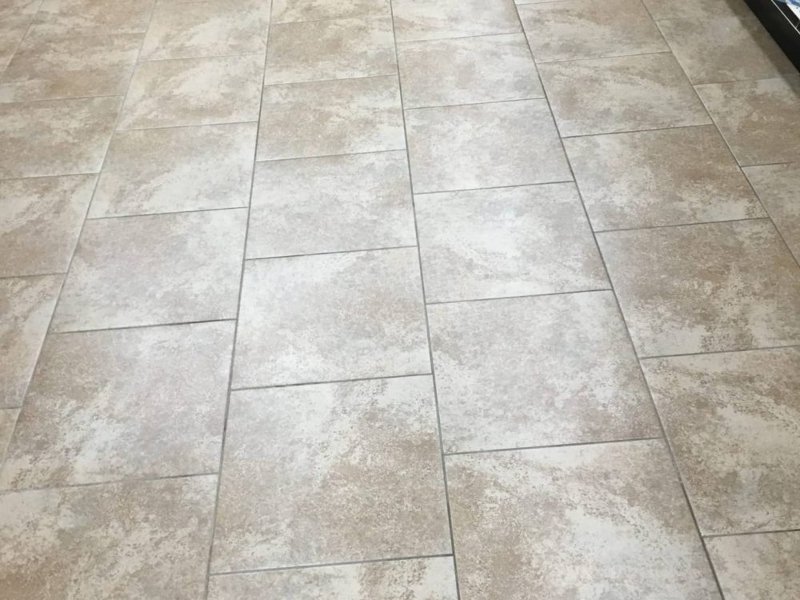In today’s world, maintaining a clean and hygienic environment is paramount to safeguarding health and preventing the spread of infectious diseases. Disinfection plays a crucial role in this endeavor, as it involves the removal of harmful microorganisms from surfaces and objects, thereby reducing the risk of contamination and transmission. Understanding the essentials of disinfection, including the methods and services available, is essential for ensuring the safety and well-being of individuals in various settings, from homes and workplaces to public spaces and healthcare facilities. In this comprehensive guide, we will explore the fundamental principles of disinfection, the different methods employed, and the importance of professional disinfection services in maintaining a healthy environment.
The Importance of Disinfection
Disinfection is a critical component of infection control and disease prevention, particularly in environments where people congregate or interact regularly. By eliminating or reducing the presence of pathogenic microorganisms, disinfection helps minimize the risk of infectious diseases and outbreaks. The importance of disinfection can be summarized as follows:
- Preventing the Spread of Illness: Disinfection helps prevent the transmission of infectious agents, including bacteria, viruses, fungi, and parasites, from contaminated surfaces to individuals. By targeting high-touch surfaces and commonly shared items, disinfection interrupts the chain of infection and reduces the likelihood of outbreaks in various settings.
- Protecting Public Health: Maintaining a clean and hygienic environment is essential for protecting public health and well-being. Disinfection practices are particularly crucial in healthcare facilities, schools, daycare centers, food service establishments, and other high-risk environments where vulnerable populations may be exposed to pathogens.
- Promoting Confidence and Trust: A clean and sanitized environment instills confidence and trust among occupants, visitors, customers, and employees. Whether in commercial settings, hospitality establishments, or residential spaces, regular disinfection reassures individuals that their health and safety are prioritized.
Understanding Disinfection Methods
Disinfection methods can be classified into several categories based on the mechanisms of action and the types of agents used. According to the Centers for Disease Control and Prevention, the most common disinfection methods include:
- Chemical Disinfection: Chemical disinfectants are antimicrobial agents that kill or inactivate microorganisms on surfaces and objects. Common chemical disinfectants include bleach (sodium hypochlorite), alcohol-based solutions (e.g., isopropyl alcohol), quaternary ammonium compounds (quats), hydrogen peroxide, and phenolic compounds. Each disinfectant has specific properties, efficacy, and application methods, and its selection depends on factors such as the type of microorganisms targeted, surface compatibility, and contact time required.
- UV-C Radiation: Ultraviolet (UV) radiation is an effective method for disinfecting air, water, and surfaces by damaging the genetic material of microorganisms, thereby preventing their replication and proliferation. UV-C radiation, in particular, has germicidal properties and is commonly used in HVAC systems, air purifiers, and UV disinfection chambers to sterilize air and surfaces in healthcare facilities, laboratories, and food processing plants.
- Heat Sterilization: Heat sterilization involves the use of high temperatures to kill microorganisms and achieve sterilization. Autoclaves, steam sterilizers, and dry-heat ovens are commonly used heat sterilization devices in healthcare settings for sterilizing medical instruments, equipment, and surgical supplies. Heat is also an effective method for disinfecting water through processes such as boiling and pasteurization.
- Physical Removal: Physical removal methods, such as wiping, scrubbing, and pressure washing, involve mechanically removing dirt, debris, and microorganisms from surfaces and objects. While physical removal alone may not achieve sterilization, it is often used in conjunction with chemical disinfection to enhance the efficacy of the disinfection process.
Professional Disinfection Services
While routine cleaning and disinfection are essential for maintaining cleanliness and hygiene in everyday environments, there are instances where professional disinfection services are necessary. Professional disinfection services offer several advantages, including:
- Expertise and Training: Professional disinfection technicians are trained and certified in the proper use of disinfection methods, equipment, and agents. They have the expertise to assess the unique needs of each environment, identify potential risks, and develop customized disinfection protocols to address specific concerns.
- Specialized Equipment: Professional disinfection companies have access to specialized equipment and technologies that are not readily available to consumers. This includes electrostatic sprayers, fogging machines, UV-C lamps, and high-efficiency particulate air (HEPA) filtration systems, which enhance the efficiency and effectiveness of the disinfection process.
- Comprehensive Coverage: Professional disinfection services provide comprehensive coverage of surfaces, objects, and areas within a facility. Technicians are trained to target high-touch surfaces, hard-to-reach areas, and areas of concern, ensuring thorough disinfection and decontamination of the environment.
- Regulatory Compliance: In certain industries, such as healthcare, food service, and hospitality, regulatory agencies impose strict requirements for cleanliness and hygiene. Professional disinfection services help businesses and organizations comply with these regulations by providing documented proof of disinfection activities and adherence to industry standards and guidelines.
Best Practices for Effective Disinfection
To ensure the effectiveness of disinfection efforts, it is essential to follow best practices and guidelines established by public health authorities and regulatory agencies. Some key best practices for effective disinfection include:
- Selecting the Right Disinfectant: Choose disinfectants that are appropriate for the type of microorganisms targeted and compatible with the surfaces being treated. Refer to product labels and safety data sheets for information on efficacy, contact time, dilution ratios, and safety precautions.
- Proper Application: Follow manufacturer instructions and recommended protocols for the application of disinfectants, including proper dilution, contact time, and application method (e.g., spraying, wiping, fogging). Ensure thorough coverage of all surfaces and allow adequate contact time for the disinfectant to achieve efficacy.
- Ventilation: Ensure adequate ventilation during and after disinfection to minimize exposure to chemical fumes and facilitate drying of treated surfaces. Open windows, doors, and ventilation systems to promote airflow and remove airborne contaminants.
- Personal Protective Equipment (PPE): Wear appropriate personal protective equipment, such as gloves, goggles, and masks, when handling disinfectants to protect against skin and respiratory exposure. Follow safety guidelines and precautions provided by the manufacturer and regulatory agencies.
Conclusion
Understanding the essentials of disinfection, including the methods and services available, is essential for maintaining a clean, hygienic, and safe environment. By implementing effective disinfection practices and enlisting professional disinfection services when necessary, businesses, organizations, and individuals can mitigate the risk of infectious diseases, protect public health, and promote confidence and trust among occupants and visitors. Whether through chemical disinfection, UV-C radiation, heat sterilization, or physical removal methods, disinfection plays a vital role in preventing the spread of illness and maintaining a healthy environment for all.







